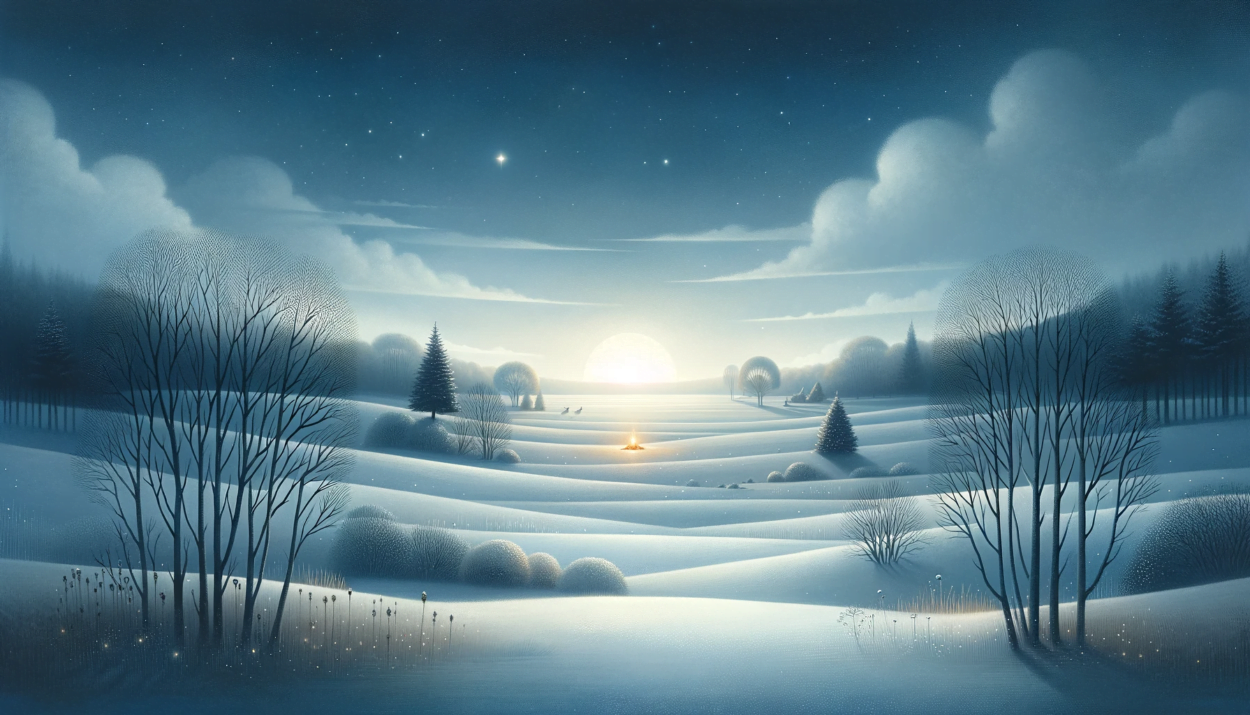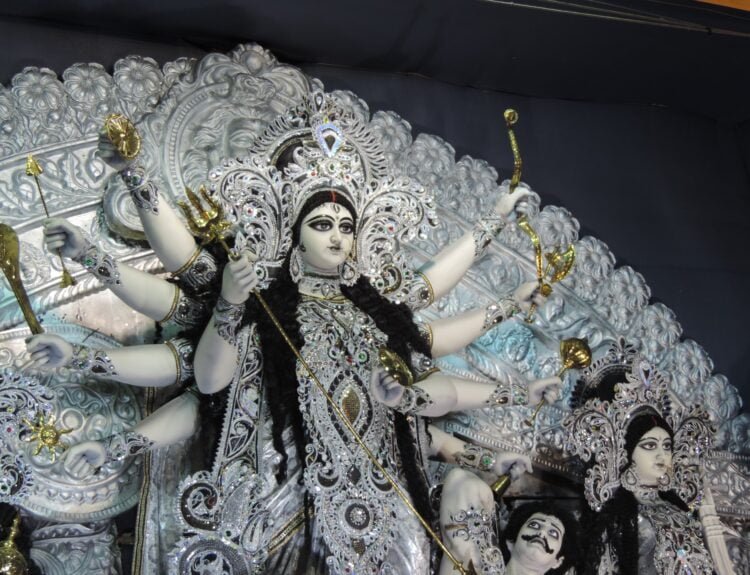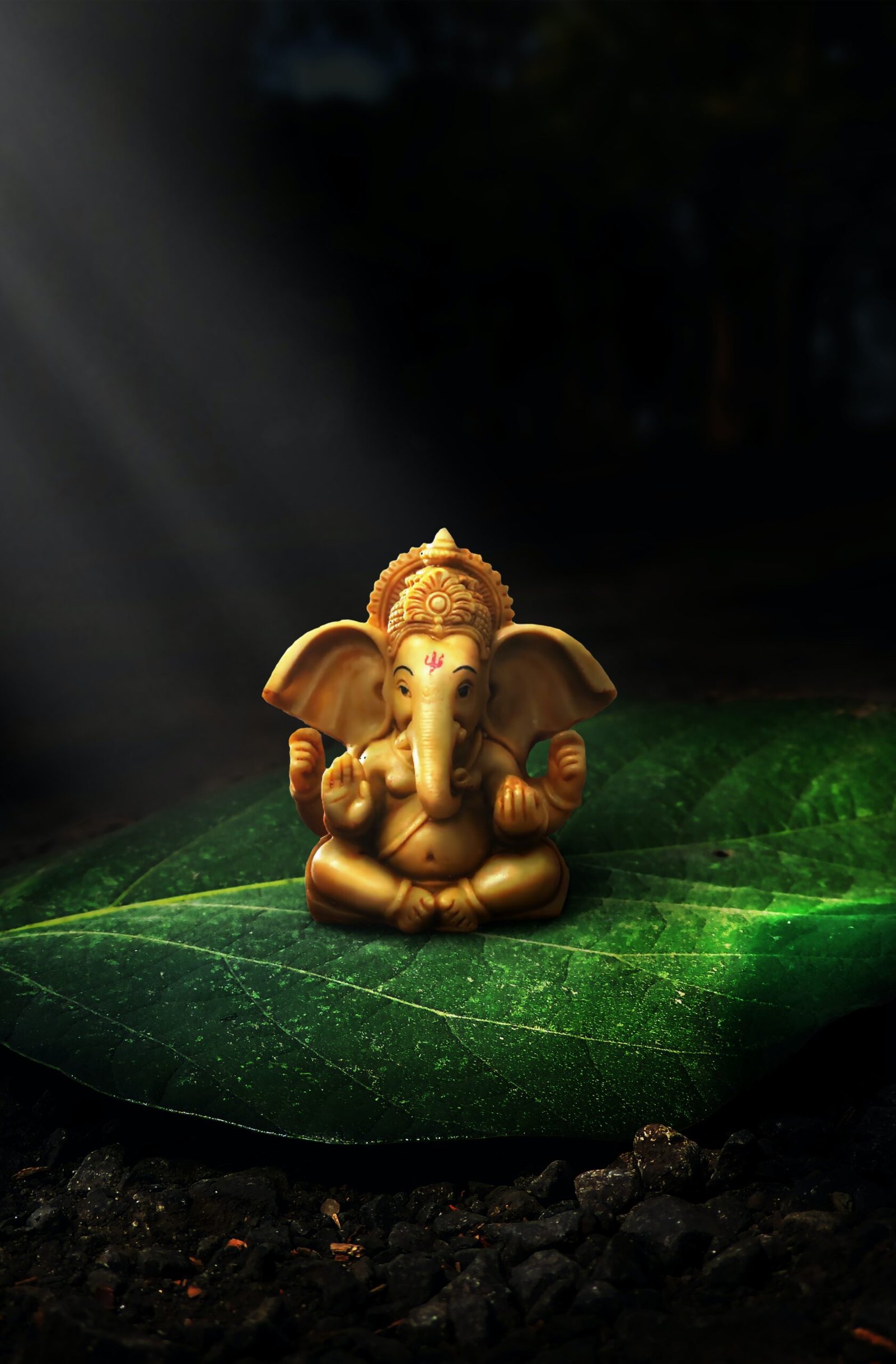The Winter Solstice, celebrated on December 21 or 22 in the Northern Hemisphere and June 20 or 21 in the Southern Hemisphere, marks the shortest day and longest night of the year. This astronomical event has deep historical and cultural significance, with diverse traditions and rituals observed worldwide.
In Short
The Astronomical Phenomenon
The Winter Solstice occurs when one of Earth’s poles reaches its maximum tilt away from the Sun, resulting in the shortest day and longest night. It symbolizes the turning of the Sun, where days gradually become longer, heralding the return of light and warmth. This celestial turning point has been observed since ancient times, often marking a period of rebirth and renewal.
Historical and Cultural Significance
Cultures around the world have recognized and celebrated the Winter Solstice in various ways:
- Norse Tradition: In Scandinavian countries, the Winter Solstice was celebrated with the Yule festival. Families would burn a Yule log, and the sparks from the fire were believed to represent new life in the coming year.
- Inca Empire: In Peru, the Incas celebrated Inti Raymi, a festival in honor of the sun god Inti. This celebration included fasting, offerings to the sun, and animal sacrifices.
- St. Lucia’s Day: In Scandinavia, this festival of lights honors St. Lucia, blending Christian and Norse solstice traditions. Girls wear white dresses with red sashes and wreaths of candles on their heads.
- Dong Zhi: In China, this celebration, meaning “Winter Arrives,” is a time for family reunions and sharing good wishes for the coming year. Traditional foods include tang yuan in the south and dumplings in the north.
- Toji in Japan: The solstice is less a festival and more a traditional practice, with bonfires, warm baths scented with yuzu, and eating kabocha squash for good luck.
- Shab-e Yalda in Iran: This festival celebrates the triumph of the sun god Mithra over darkness, with families gathering to feast on festive foods and read poetry.
Modern Celebrations
Modern celebrations of the Winter Solstice often blend ancient traditions with contemporary customs. People engage in various activities like burning a Yule log, dining by candlelight, making wreaths, and crafting orange pomanders. These acts symbolize the themes of light, rebirth, and the cyclical nature of life.
Symbolism and Traditions
Various symbols are associated with the Winter Solstice:
- Evergreens: Fir, pine, and cedar symbolize birth, hope, and strength.
- Fire and Light: Fire plays a crucial role in solstice rituals, symbolizing warmth, light, and purification. Candles are also significant, embodying hope for brighter days.
Conclusion
The Winter Solstice is a time of deep reflection and celebration. It reminds us of our connection to the natural cycles of the earth and the enduring spirit of hope and renewal. Whether through ancient rituals or modern practices, it offers a moment to pause, celebrate, and look forward to the light and warmth that follow the longest night.






